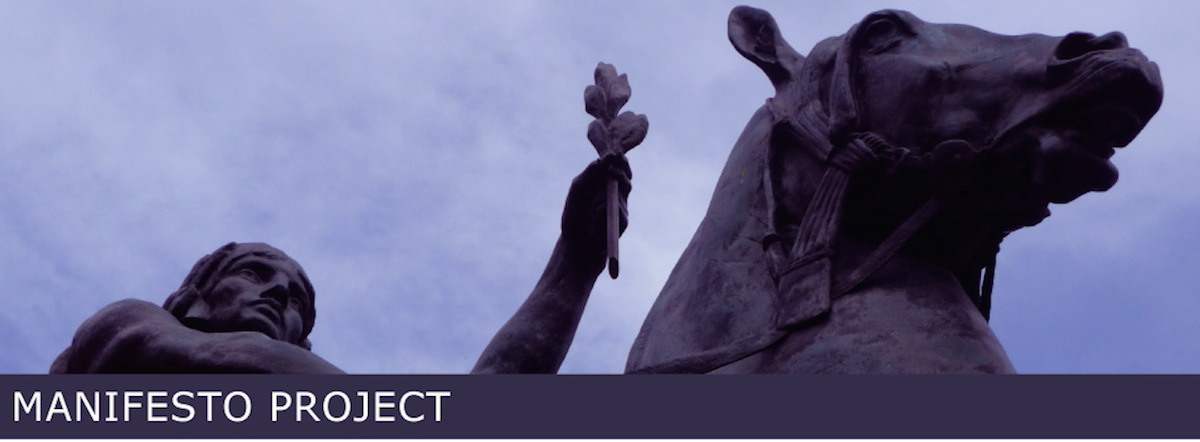Creator: E.O. Wilson is one of the world’s top Biologists, author, two time winner of the Pulitzer Prize for General Non-Fiction and winner of the 2007 TED Prize.
Purpose: To build a networked encyclopaedia of all the world’s knowledge about life.
Encyclopedia of Life Manifesto
(Excerpt from the Ted Video)
I wish we would work together to help create the key tools that we need to inspire preservation of Earth’s biodiversity. And let us call it the “Encyclopedia of Life” – a concept that has already taken hold and is beginning to spread and be look at seriously. It is an encyclopaedia that lives on the internet and is contributed to by thousands of scientists around the world. Amateurs can do it also. It has an indefinitely expandable page for each species.
…The encyclopaedia will quickly pay for itself in practical applications. It will address transcendent qualities in the human consciousness, and sense of human need. It will transform the science of biology in ways of obvious benefit to humanity. And most of all, it can inspire a new generation of biologists to continue the quest that started, for me personally, 60 years ago: To search for life, to understand it and finally – above all – to preserve it. That is my wish. Thank you.
Source
TED Video on saving life on Earth
Edward Osborne Wilson on Wikipedia
EO Wilson Biodiversity Foundation
The banner image is from the EO Wilson Biodiversity Foundation website home page


